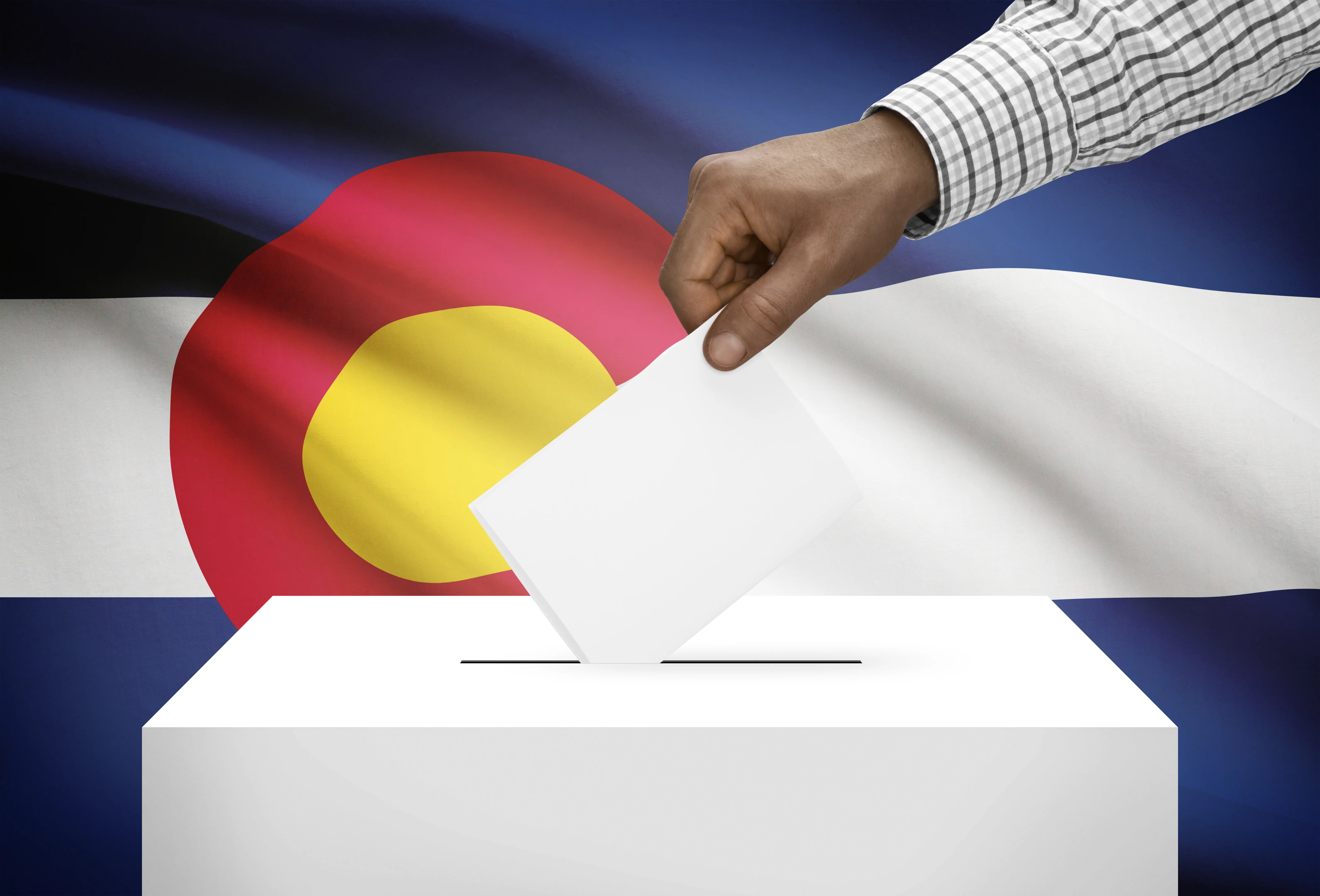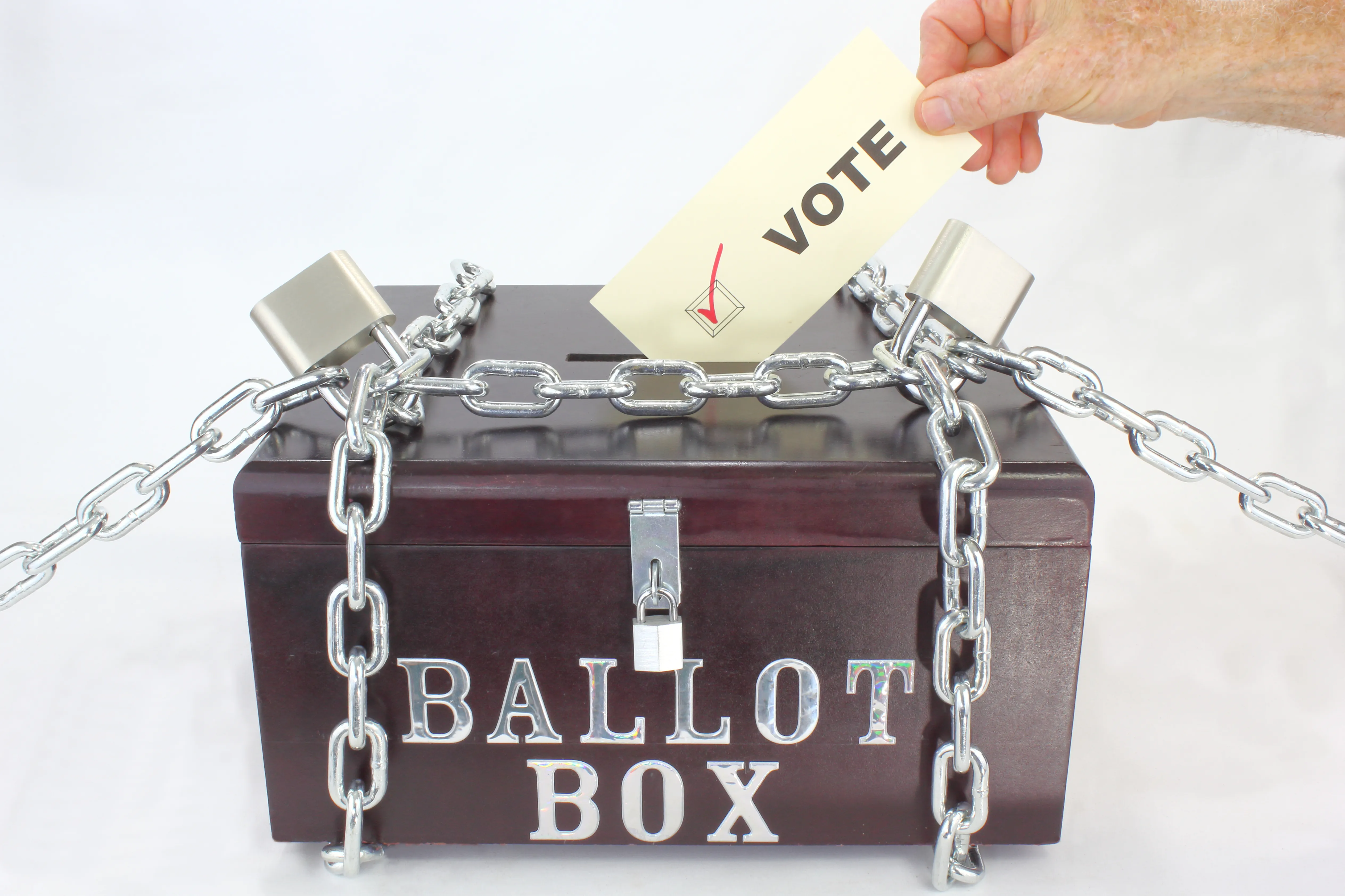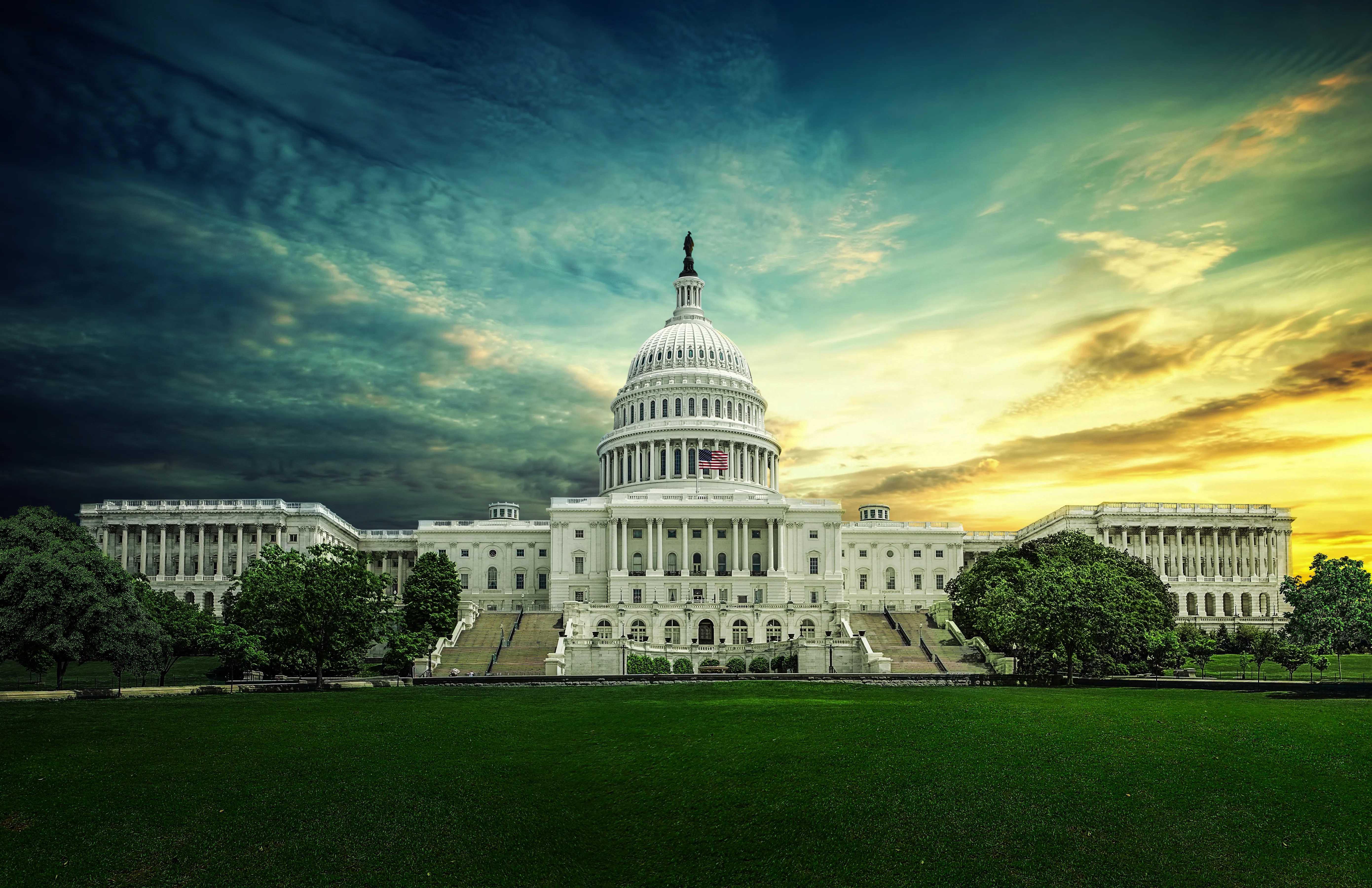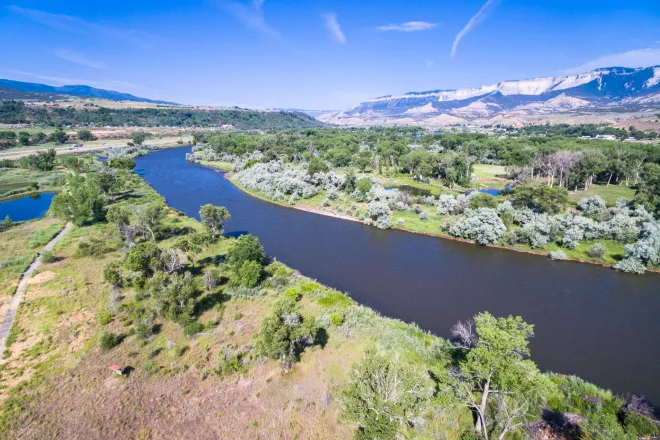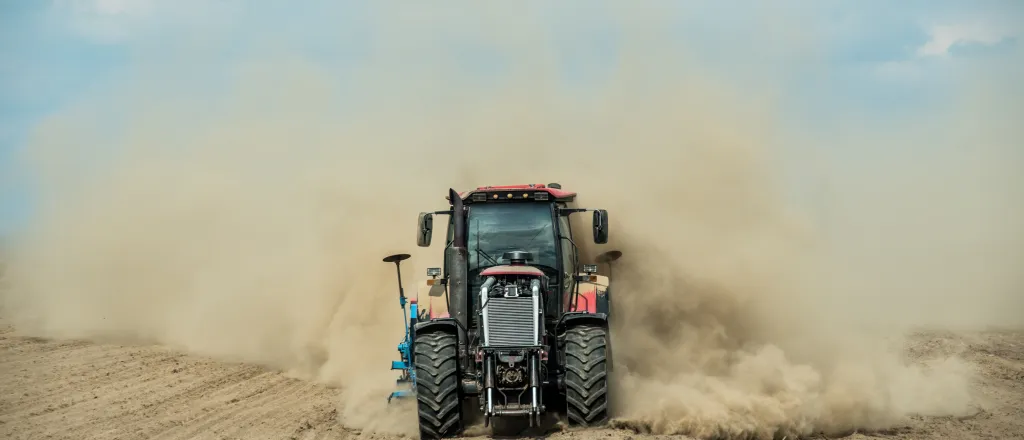
Tug of war over water conservation in Utah
(The Center Square) - A tug-of-war between conservationists and developers over water continues in the state as the Great Salt Lake continues to drop to record low levels.
Utah's drought has persisted for two decades and the state continues to attract new residents.
Activists worry the state's water resources can't sustain Utah's projected population growth. The state has grown over 18% in the past ten years and is estimated to reach 5 million by 2050, according to the Sierra Club Utah Chapter.
The growing population is bumping up against a housing crisis. Gov. Spencer Cox estimates the state is short by approximately 40,000 homes. That requires more development. The governor says homes are being built at an expedited rate which still cannot keep up with the demand.
However, ideas to meet Utah's housing needs may be at direct odds with the state government's goal of conservation.
Lake Restoration Solutions, LLC says it wants to dredge Utah Lake to create 18,000 acres worth of manufactured islands, which would include "community islands" that offer housing and affordable housing options. The group said that the new islands would consist of around 20% of the lake's surface area, with roughly half the land being open to the public for recreation, parks, trails, and public access. Estuaries of wildlife islands would be dedicated for habitat and wildlife use.
The Sierra Club called the development plan a threat to Utah Lake. It also spoke out against the creation of the Utah Lake Authority (ULA), authorized by House Bill 232. The governor signed this bill in May. It describes the ULA as an independent, nonprofit, separate body that will work with government entities, private parties, stakeholders, property owners and owners of water rights to "encourage, facilitate and implement the management of Utah Lake."
The bill also describes Utah Lake as having "enormous potential" for regional and statewide economic aesthetic, environmental recreation, and other benefits.
Sierra Club called the bill a prioritization of industry profits over the public good.
"The ULA would assume territorial jurisdiction and control further development through taxpayer-backed financial instruments, such as infrastructure bonds," wrote Stan Holmes with the Sierra Club Utah Chapter.
Activists are also concerned about the Bear River System, which serves as the primary water source for the Great Salt Lake. Sierra Club said the Bear River Development project endorsed by Cox would prevent 25 to 30% of river water from reaching the Great Salt Lake. The group said much of the diverted water from this project would be used on lawns.
The governor wrote a lengthy Twitter post this week about the work his administration is doing for water conservation. He said a historic number of water conservation bills were passed by the legislature this year.
"I honestly thought it would take years to get these bills passed, but the legislature stepped up in a HUGE way," Cox said in the post. "It's not hyperbole to say there were more conservation measures enacted this year than our entire history combined."
Lawmakers appropriated $500 million for water conservation efforts. $70 million is appropriated to renew an agricultural optimization grant that will help farmers save an estimated 65,000 acre-feet of water a year during the legislative session, Cox said.




